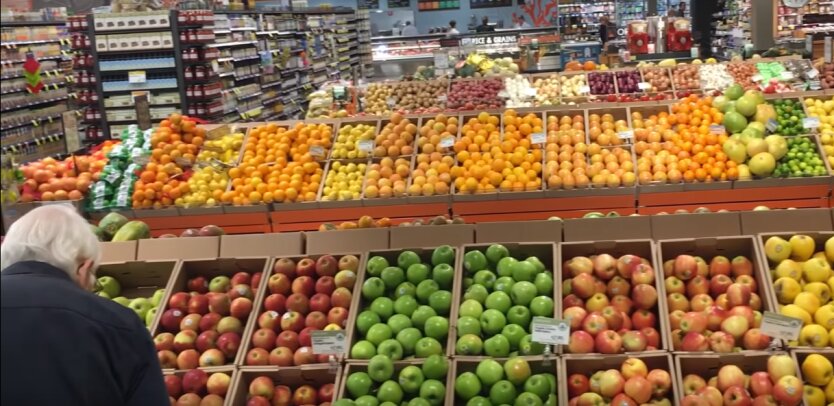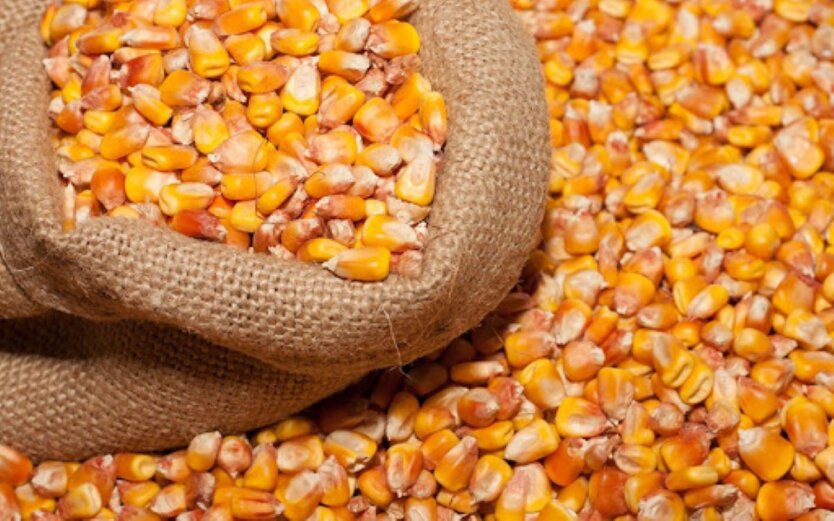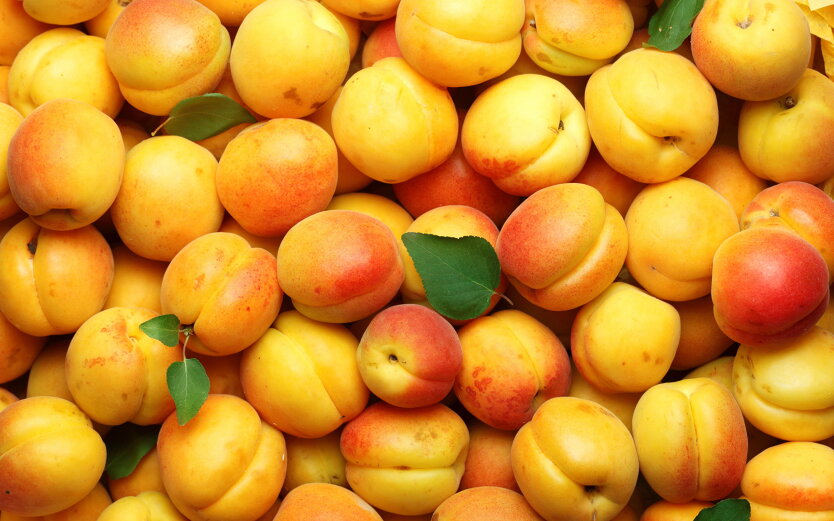Fruit prices have soared by 80%: which positions will become even more expensive.


Fruit prices in Ukraine continue to rise in 2025
Fruit prices in Ukraine continue to rise, especially apples, pears, and mandarins. Some fruits have increased in price by up to 80% compared to last year.
The impact of drought and the energy crisis
According to IndexBox data, domestic fruit production decreased by 3-5% in 2024 due to drought and rising irrigation costs. In the southern regions, apple yields fell by 15-20%, leading to an increase in wholesale prices to 25-28 hryvnias per kilogram.
The energy crisis complicates the situation. Producers, due to attacks on infrastructure, are forced to use diesel generators for cooling warehouses, which increases the cost of storing fruits by 2-3 times. Storing apples in refrigeration costs up to 5 hryvnias per kilogram per month.
Prices for fruits, apples, pears, grapes, plums
The impact of the devaluation of the hryvnia and logistics costs
Imported fruits have increased in price by 8-15% due to the devaluation of the hryvnia and increased customs duties. Prices for bananas initially decreased by 8% in January, but by the end of February returned to the level of 32 hryvnias per kilogram. Suppliers from Turkey, Ecuador, and Greece have raised prices by 10-12% due to rising logistics costs related to the blockade of the Red Sea.
Forecasts for fruit prices
Experts predict that by March 2025, the price of apples will reach 30-33 hryvnias per kilogram, pears will cost 28-30 hryvnias, and mandarins may rise to 65-70 hryvnias per kilogram. Imported strawberries from Greece and Spain are expected to cost 120-150 hryvnias per kilogram.
Read also
- Grain exports from Ukraine have decreased by 20%
- No driving: drivers will have to retake the driving test
- Anarcho-collective system: expert harshly commented on the reform of the housing and communal services
- Important changes introduced for car owners from 6:00 am daily
- Forget about cheap apricots: what will happen to fruit and berry prices in Ukraine
- Hegset: The USA will reduce its arms budget for Ukraine in 2026










